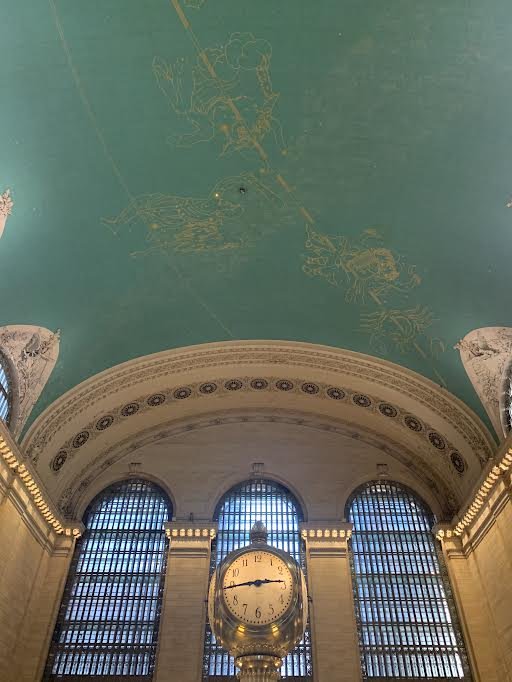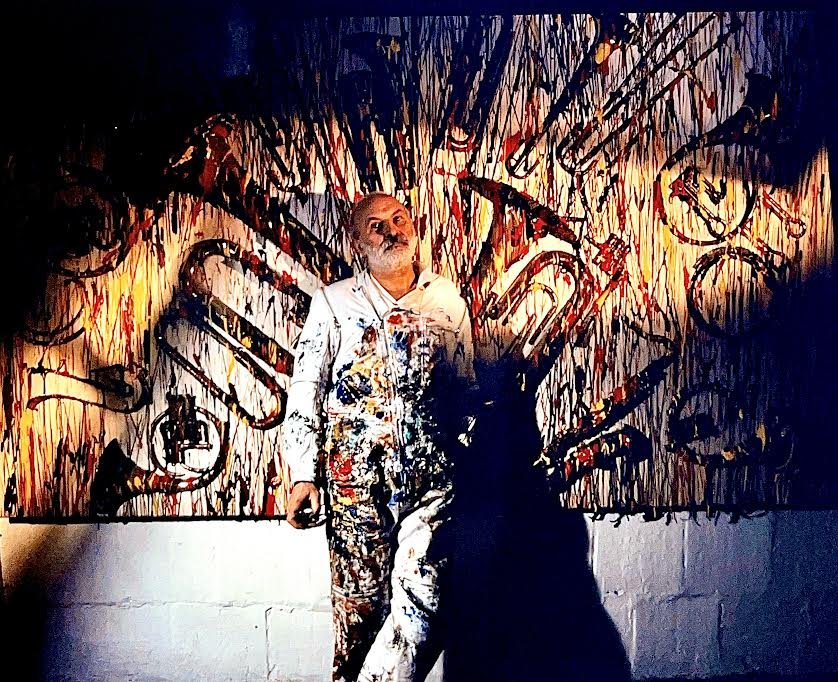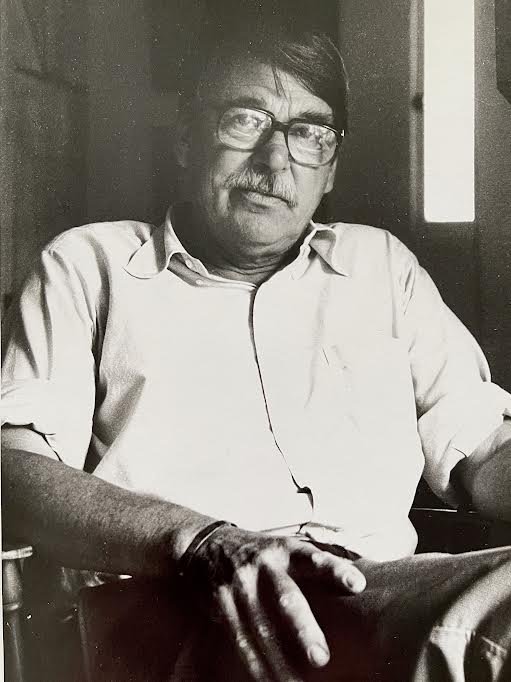Lydia Tár said, “Hope is the last to die”. Every Ukrainian must embrace that notion.
Russian Cigarette break 1985
Sometimes I believe that Vladimir Putin’s life is ripped from the pages of the Devil’s Bible: The Codex Ciga. How else can you explain the atrocities that continue to embroil the Russia today. Yes I watch from afar. Yes I read what I can. When I reflect on the five or six times I visited the former Soviet Union, I can’t help by feeling saddened by this present Putin ego driven catastrophe.
Enemies of the state are being thrown out of windows: poisoned with umbrella tips and obviously much worse.
Russias’ past
The first Russians I encountered were from the pages of Tolstoy, Gogol, Dostoevsky, Pushkin Solzhenitsyn. And of course more. Their words made me dream about dreams. Their earliest passages froze a separate set of eyes inside my mind; To this day those eyes and my camera’s eyes still dream while I make photographs; I dream of the photographs I have taken and the photographs that will be. Maybe all Russians are from the fantasy village of Potemkin: Maybe Potemkin for me is my own Brigadoon
I remember riding along Tsverskaya ( Gorky Street) enroute from Sheremetyevo airport to the Hotel National in Red Square.
My taxi ride made me feel like an escapee from the 18th-century Potemkin: Centuries of Asia’s faces; Baltic, Mongol, Uzbek, Scythian, Slavic glossed over my right and left iris. The taxi ferried my comfort companions: Le Carré, Len Deighton and Michael Caine; voices and personalities who could guide me through intricate moments.
Espionage was in the air. My only instructions flying from New York to Moscow: Do not open the envelope. I carried an envelope from Industrialist Armand Hammer to a man in a very old building. A man who might have owned one suit. A man who seemed grateful to see me. I man who smiled broadly when he realized I had not opened the envelope. A man who hurried me out to the streets with a strict wave. John, Len and Michael asked me how the meeting went. I think they knew I was a pawn of some sort. But that exchange, along with sponsorship from Kodak and Nikon delivered six weeks of photography: I photographed hundreds of people: creatives, artists and ballerinas and the monumental sculptors, museum officials the mix was amazing.
caressing art at the Hermitage: Boris Piotrovsky
Then there were the moments. I reflect with joy and tears the immensely powerful experiences I had among so many in Moscow, Leningrad (now back to its original St. Petersburg) Kiev, Tbilisi, Riga, Tashkent, Samarkand, Bukhara and more. I tried to meet Peter the Great but missed him by a few hundred years.
I visited many Russian laureates in (Novodevichy cemetery). I traveled to dachas and danced with probable KGB operatives. I was harassed by the KGB in trench coats.
Six weeks was my hello. Three hundred portraits was my hello. My subsequent visits were “so we meet again”.
Everyday my cameras were loaded for bear. Everyday my many hosts offered me some giggle juice.
Eighteen hour days: You might have found me just outside the dressing room at the Bolshoi or the Kirov. I cannot remember a day that I was not caressing the canvas of an artist’s work or near leaning into period greatness at a museum in any of the above mentioned cities. I share the above because I. Don’t want memories tarnished by today’s atrocities. I know that is a selfish way to think. But everyone should have a small selfish side. I wish that everything happening in the Ukraine is a Potemkin, a fantasy. I could then go back to embracing the past without seeing today’s blood in the news.
My memories are ripe and thoroughly enriching. Some days I look back on my experiences as if I was a naked Mouflon swirling round and round with joy: My curved spiral horns blessed in the winds of past, present and what may be the future.
Me Trying to gaze into history in St Petersburg
Remember when 1987










































































































